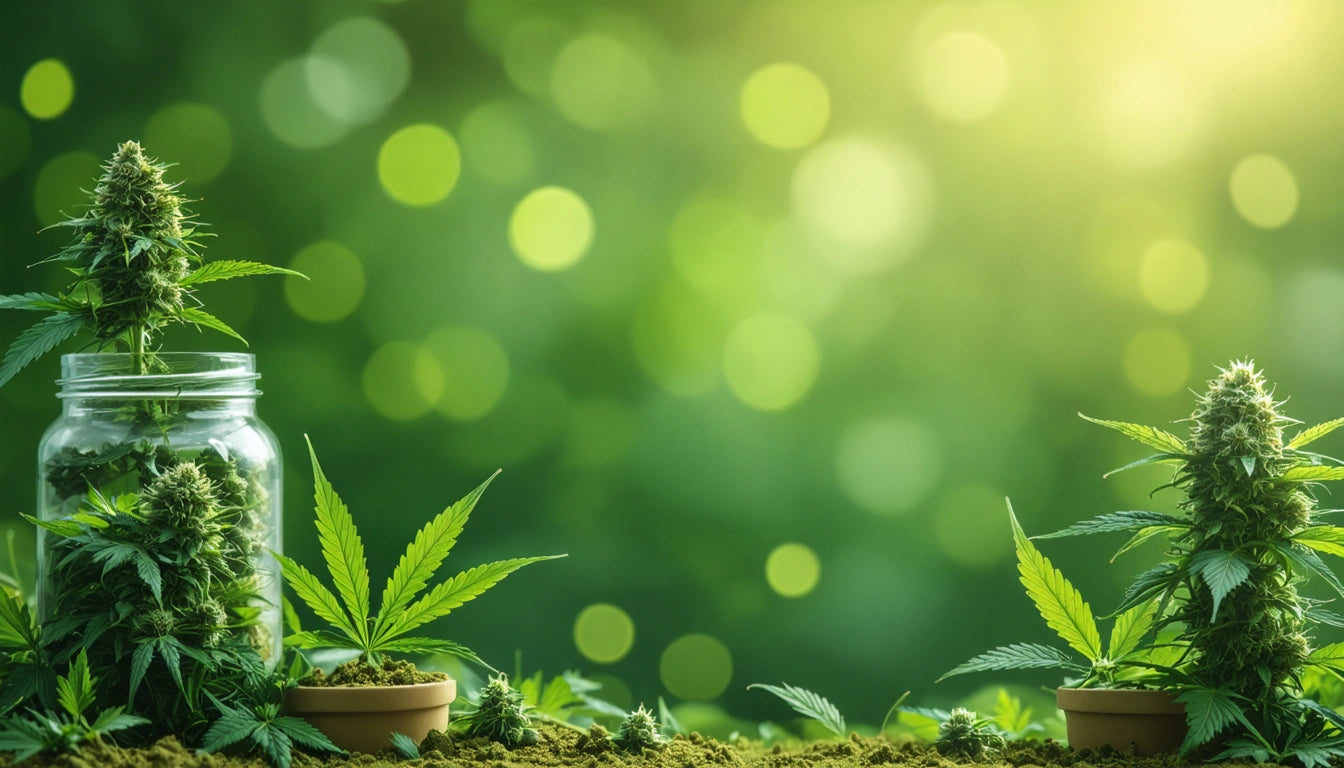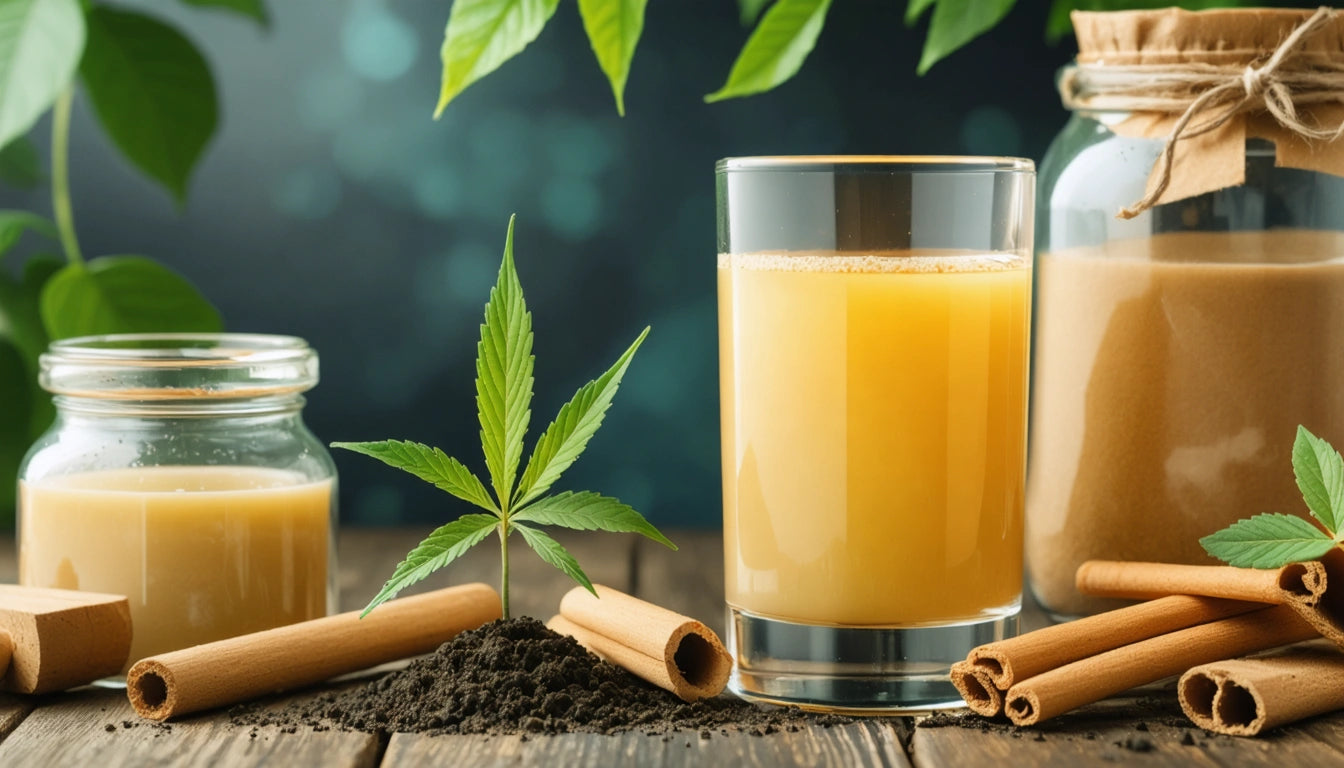How to Build a Hemp Packaging Supply Chain That Scales
Building a scalable hemp packaging supply chain requires strategic planning, supplier relationships, and an understanding of both regulatory requirements and market demands. As cannabis and hemp businesses grow, their packaging needs evolve from small-batch solutions to industrial-scale operations that maintain quality, compliance, and sustainability commitments.
The Current Hemp Packaging Landscape
Hemp packaging has gained significant traction as brands seek sustainable alternatives to traditional plastics. According to research on hemp-based plastics, these materials offer promising biodegradability and reduced carbon footprint compared to petroleum-based options.
However, sustainability claims require careful verification. Not all hemp packaging solutions deliver equal environmental benefits, particularly when considering full lifecycle analysis including cultivation, processing, and end-of-life disposal.
Supply Chain Fundamentals for Hemp Packaging
Raw Material Sourcing
The foundation of any hemp packaging supply chain begins with consistent access to quality raw materials. This includes:
- Hemp fiber for paper-based packaging
- Hemp hurd for rigid containers
- Hemp-derived bioplastics for flexible packaging
Working with multiple suppliers across different growing regions helps mitigate weather-related shortages and seasonal availability challenges that often impact agricultural inputs.
Processing and Manufacturing Partners
Converting raw hemp into packaging requires specialized equipment and expertise. Vetting manufacturing partners should include assessments of:
- Production capacity and scalability
- Quality control systems
- Compliance with FDA regulations
- Lead times and minimum order quantities
Strategic Sourcing for Scalability
As outlined in this analysis of hemp packaging economics, achieving scale requires strategic sourcing decisions that balance cost, quality, and availability.
Vertical Integration Considerations
Some cannabis brands have explored vertical integration by investing in their own hemp cultivation or processing capabilities. While this approach offers greater control, it also introduces agricultural and manufacturing complexities that may distract from core business operations.
Hybrid Sourcing Models
Most successful scalable operations employ hybrid sourcing models that combine:
- Long-term contracts with key suppliers
- Spot purchasing for flexibility
- Strategic reserves of critical components
This approach provides both stability and adaptability as market conditions change.
Integrating Compliance into Your Supply Chain
Regulatory compliance remains a critical consideration for hemp packaging. FDA requirements and child-resistance standards must be built into the supply chain from design through distribution.
Our specialized safety closures and protective packaging solutions demonstrate how compliance features can be integrated without compromising sustainability goals or operational efficiency.
Documentation and Traceability
As your supply chain scales, robust documentation becomes increasingly important. This includes:
- Material certifications and testing results
- Chain of custody documentation
- Compliance testing protocols
Implementing digital tracking systems early creates a foundation that supports growth without administrative bottlenecks.
Balancing Sustainability and Cost Efficiency
While hemp packaging offers environmental benefits, cost considerations remain important for building a scalable operation. Strategic approaches include:
Economies of Scale
Larger order volumes typically reduce per-unit costs. Planning production runs strategically can help smaller brands access volume-based savings.
Material Optimization
Working with packaging engineers to optimize material usage without compromising protection or compliance can significantly reduce costs while maintaining sustainability commitments.
Format Selection
Understanding which hemp packaging formats are most appropriate for specific products helps prevent overengineering and unnecessary expenses.
Key Strategies for Scaling Your Hemp Packaging Operation
Successfully scaling a hemp packaging supply chain requires attention to several key factors:
Forecasting and Demand Planning
Accurate demand forecasting becomes increasingly critical as operations scale. Implementing systems that capture sales data, seasonal trends, and market intelligence helps prevent both stockouts and excess inventory.
Supplier Development
Rather than constantly seeking new suppliers, developing existing partners through clear communication, performance feedback, and collaborative problem-solving often yields better results as you scale.
Technology Integration
Investing in supply chain management technology early provides the visibility and control needed to manage complexity as operations grow. This includes inventory management systems, supplier portals, and quality control tracking.
Building a hemp packaging supply chain that scales successfully requires balancing sustainability commitments with practical business considerations. By establishing strong supplier relationships, maintaining regulatory compliance, and implementing efficient processes from the start, cannabis brands can create packaging operations that support growth while delivering on environmental promises.











Leave a comment
All comments are moderated before being published.
This site is protected by hCaptcha and the hCaptcha Privacy Policy and Terms of Service apply.